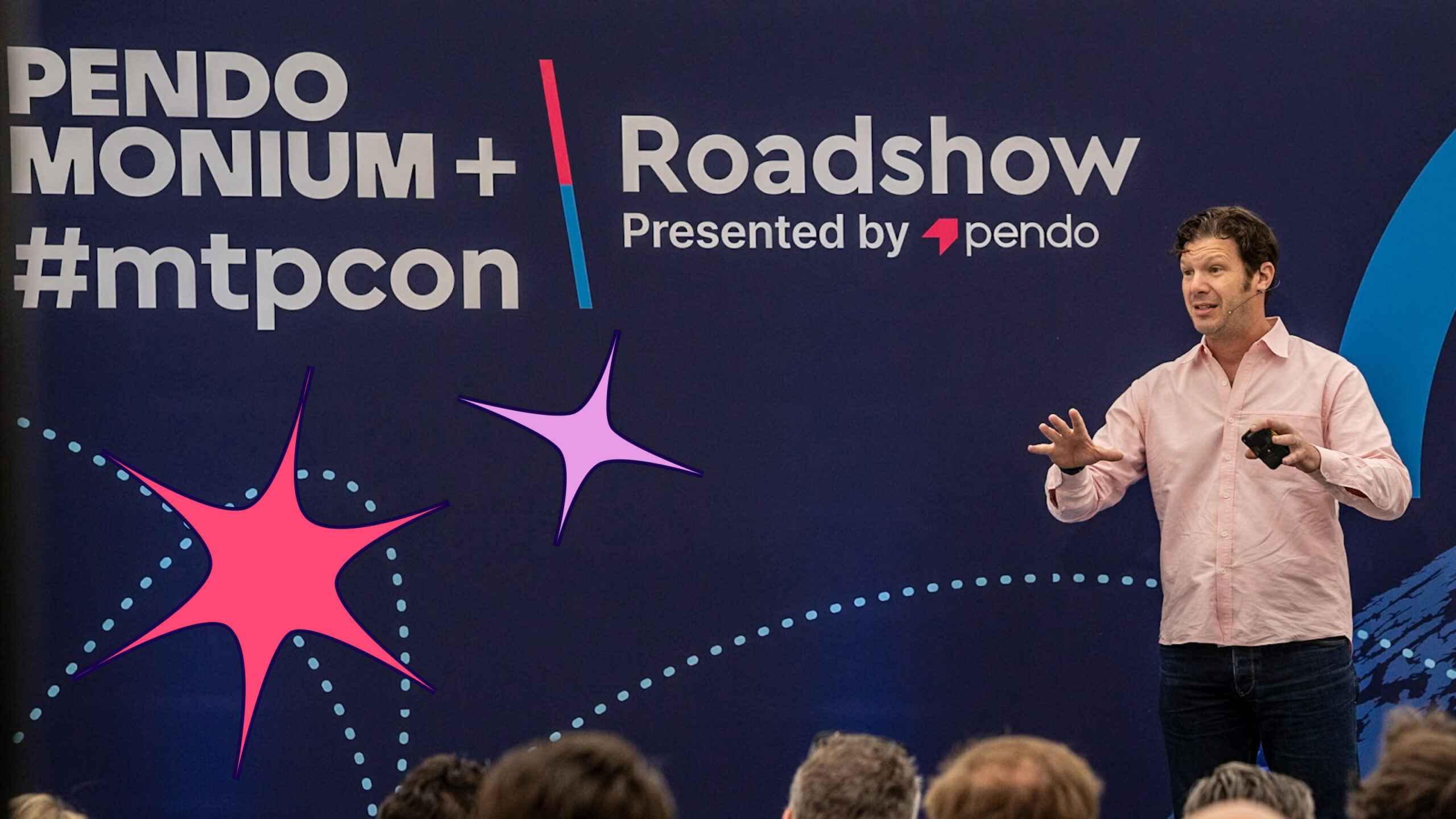Imagine it’s New Year’s Eve. Old holiday decorations are still scattered around the room, while friends wearing party hats laugh and mingle around you. A TV is on in the background. The screen quickly flashes to a smiling Ryan Seacrest in front of a backdrop of snow falling over Times Square as he prepares his countdown to midnight. You take a deep breath and feel a level of confidence you haven’t felt in a while. You’ve decided that your New Year’s resolution is to get in shape, and you feel great about it.
This all-too-common situation is an example of creating a new wishlist item. Dreams and aspirations come to us every single day. Maybe it’s a New Year’s resolution. Or perhaps you see a photo of a beautiful oasis on social media, then set a personal goal to travel to that location someday. Thinking big is what makes life exciting, keeping us driven and passionate for new experiences and change.
But how do we take these ideas and make them happen? This is the life of a product manager: blending the dream and the reality into a seamless process of organization and execution. However, the two often become blurred into a single concept, resulting in a messy vision that leaves teams confused and unprepared. Mixing the strategic with the tactical is a recipe for disaster. In this article, I’ll provide specific reasoning as to why your product backlog and your wishlist are NOT the same thing.
The difference between your backlog and your wishlist
Let’s revisit the New Year’s resolution: get in shape. These three words are both incredibly simple yet surprisingly confusing all at the same time. This is a clear example of a wishlist item – something vague yet profound, with no exact answer or steps to see it through. It’s a big idea that needs to be prioritized within a list of other equally big ideas. You’ve identified a big goal, which should be prioritized with others you may have, such as traveling or buying a home. You can add clarity to your wishlist items over time, and maybe even add or remove items. However, these items won’t be a part of your day-to-day life. They’re aspirational dreams and goals that evolve and change.
So now that we have this newly-created, high-priority wishlist item, let’s break it down into actionable steps. To get in shape, you need to quickly address some basic questions:
- What gym should I be going to?
- What should I be eating?
- How can I find the time?
- What does “get in shape” actually mean?
This is the scary part, as even a simple thought can become overwhelming as you begin to think through it. Each of these questions requires an answer, and each answer requires an action item (or several). Coming up with ideas is easy and exciting, but the execution? Even thinking through this example is exhausting, yet it’s the most important part to see the results you want. Breaking down this growing to-do list is now your backlog. Whether you tackle it daily or weekly, this list will define the steps to see your dreams come true.
Separation is important …
As a product manager, your wishlist is a collection of product ideas and aspirations. A healthy wishlist is filled with clear pain points and customer thoughts that should continue to inspire your team and drive your product strategy. It should give you new goals and objectives to define against your roadmap. Think of your wishlist like your muse. You should give it time to grow and provide a vision. However, don’t think it’s okay to start daydreaming about it in meetings.
On the other end of the spectrum, a product manager’s backlog is the source of truth, blending strategy and prioritization into a compass to follow as your product navigates the growing market and attempts to stand out in the crowd. Any product manager will tell you that backlogs are fluid. Sometimes they’ll even be completely overwritten due to a shift in vision or unexpected need. Nevertheless, an organized product backlog is a must for any team.
One of the key traits of a great product manager is the ability to translate the voice of the customer into a specific product development strategy. The same is true of your product’s wishlist and your backlog. Customer feedback is imperative for success. However, it must be translated into the execution plan within your backlog. In order to be truly effective, your team must keep the backlog and wishlist separate.
… Yet back-and-forth is key
We’ve mentioned briefly how a wishlist item can and should inform the backlog. By keeping the two areas separate, you can take a lofty idea, such as getting in shape, and break it down into a series of tasks and action items that ultimately get you closer to your goal. Even in a product-led organization, the voice of the customer will be the biggest driver of your product’s roadmap. And your wishlist is the most important embodiment of that.
But what about the other side? How does your backlog inform your wishlist?
Let’s revisit our getting in shape example one last time. When you first started this journey, you told others that your resolution was to get in shape. This added a layer of social pressure. So you put together a plan, took it day-by-day, and executed on it perfectly. Now you’re about to step on the scale to see how you did. It’s time to finally see your results and share them with the world!
The same is true for your product. When you incorporate user feedback into your product, you should share it with those who requested it. Showing these users that their input was valuable encourages them to keep sharing their product thoughts and ideas. And by keeping your wishlist and backlog separate, you can track your wishlist ticket with a broader status as it moves through the product planning and execution phases. This separation allows you to track progress in both areas, providing key insights to those within your organization and later, to your customer base. And once a wishlist item is finished and released, send out an announcement. Prove your product’s value and commitment to giving the people what they want!
Dreams versus to-dos
Everyone has a different way of staying organized. Whether you have a never-ending bucket list or annual New Year’s resolutions, knowing the difference between dreams and to-dos are important for anyone looking to take on a complex yet rewarding objective. As a product manager, knowing how to manage ideas and work, as well as understanding the relationship between the two, will ensure you’re providing the best possible strategy for your team and your customers. Balancing both aspects of the product are the best way to deliver on those big dreams!


